Cleaning up supply chains
Supply chains in this globalized world are massive and extremely difficult to oversee, and this leads to problems such as human trafficking and forced labour. Fortunately, there are different actors that taking action, and these actions are leading to promising outcomes.
One of these actors is government. As supply chains span across different continents, it is difficult to implement laws that will successfully lead to positive change. In recent years there has been an increased effort from governments to take action. Some examples of this are the California Transparency in Supply Chains Act (2010), Executive Order 13627 (Strengthening Protections Against Trafficking in Persons in Federal Contracts) (2012) and the UK’s Transparency in Supply Chain Provisions (2015). These initiatives require companies to increase their transparency and outline clear solutions to end forced labour in their supply chains.
Another set of key actors who are producing change is non-governmental organizations (NGOs). A good example is the Responsible Sourcing Network program by As You Sow, which launched the Cotton Pledge in 2011. To date, more than 260 companies have signed, pledging that they will not knowingly source cotton for any of their products from Uzbekistan, a country notorious for using child and forced labour in their cotton industry. Pressure from the Cotton Campaign has caused several large companies to voluntarily sign the pledge. Although tractability is often difficult and companies may unknowingly be producing goods with Uzbek cotton, the Cotton Pledge is a step in the right direction.
Arguably the actors with the most power are companies themselves, and while many companies have Corporate Social Responsibility (CSR) guidelines on forced labour and human trafficking, this are not enough. Regular CSR monitoring mechanisms such as audits, even if done unannounced and through third parties are often ineffective, as companies instruct auditors how deep into the supply chain they should look.[1] Unfortunately few companies look further than the first tier, the factories that supply the finished goods to the companies.
Fortunately some companies are taking concrete steps that can help stem issues such as human trafficking and forced labour. For example, HP Inc., Hewlett-Packard Enterprises, Coca Cola, Unilever and Ikea together with the Institute for Human Rights and Business, Verite, and the Interfaith Centre for Corporate Responsibility, formed the Leadership Group for Responsible Recruitment. This group calls for the abolition of recruitment fees for migrant workers. The ‘Employer Pays Principle’ has been outlined as one of the group’s core goals. Without recruitment fees, it is more difficult for workers to fall into debt bondage, thereby decreasing the likelihood of forced labour. Collaboration such as this, especially with amongst competing companies, is powerful as it can help create industry standards.[2]
No initiative alone can fix the use of forced labour and the lack of transparency in supply chains. Because supply chains are so big and difficult to oversee, it is important that both public and private actors are vigilant and act in a preventative fashion. For companies, this means understanding their supply chains and the labour that feeds into the factories and farms that are related to suppliers.[3] For government and NGOs/CSOs it is important to take measures such as policy engagement, awareness raising and reaching out to companies to seek joint solutions.
Despite companies’ best efforts, it is likely that cases of forced labour and human trafficking will rise. It is important to remember that the victims need to be protected. Actors in this sphere must do their best to implement corrective actions. Victims must have rights to redress and compensation. It is also essential to support the victims’ economic and social rehabilitation and, especially for migrants, their reintegration into the community.[4]
[1] LeBaron, G. and J. Lister (SPERI – Sheffield Political Economy Research Institute), Ethical Audits and the Supply Chains of Global Corporations (2016).
[2] http://www.supplychainquarterly.com/topics/Global/20161107-three-ways-to-combat-the-risk-of-forced-labor-in-supply-chains/
[3] Vertie, Corruption & Labor Trafficking in Global Supply Chains (December 2013). Available from https://www.verite.org/wp-content/uploads/2016/11/WhitePaperCorruptionLaborTrafficking.pdf.
[4] The Ashridge Journal, Corporate Approaches to Addressing Modern Slavery in Supply Chains, 360° Journal (2016).
Editor’s choice

Where are they now?: Joey, Philippines
In 2015 when IOM X was just a few months old we brought together 20 youth leaders from all 10 ASEAN countries in Bangkok for the IOM X ASEAN Youth Forum. The goal was to connect with amazing young people who were passionate about social change and the issue of human trafficking and to share … Continue reading “Where are they now?: Joey, Philippines”

Where are they now?: Joey, Philippines
In 2015 when IOM X was just a few months old we brought together 20 youth leaders from all 10 ASEAN countries in Bangkok for the IOM X ASEAN Youth Forum. The goal was to connect with amazing young people who were passionate about social change and the issue of human trafficking and to share … Continue reading “Where are they now?: Joey, Philippines”

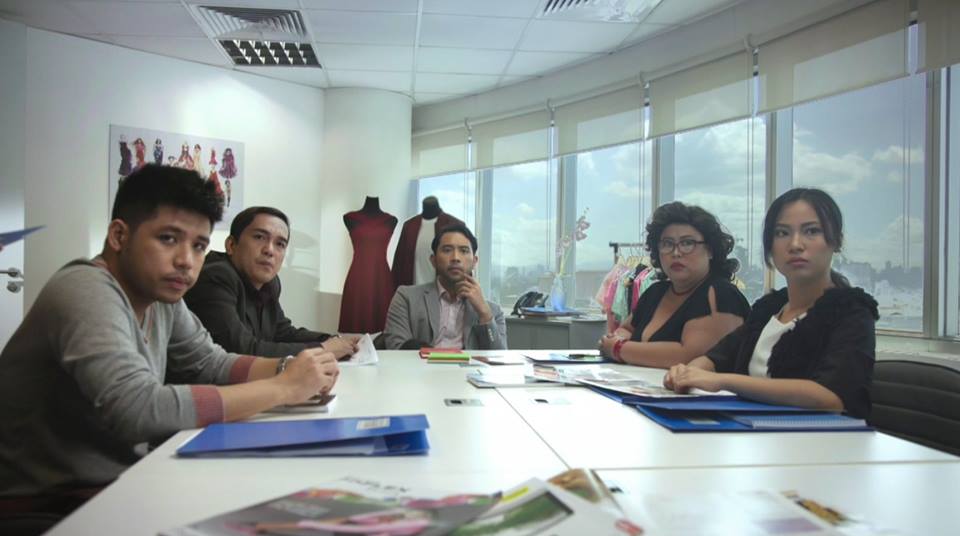




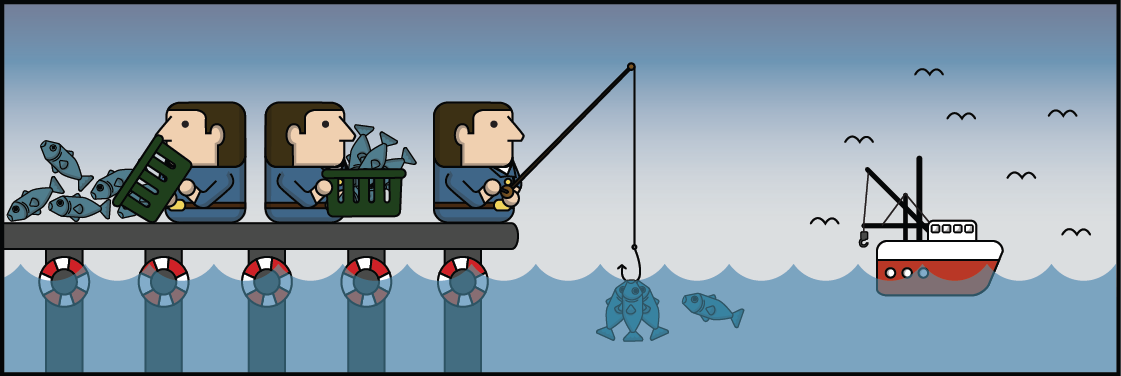






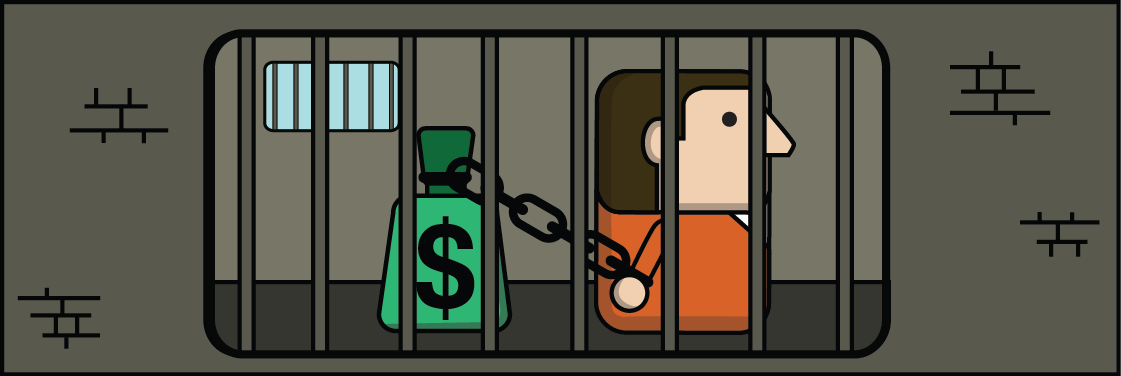
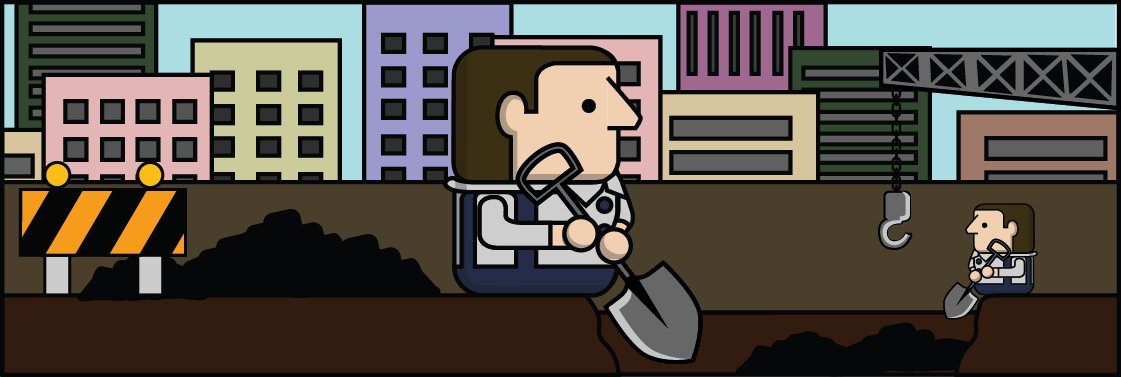

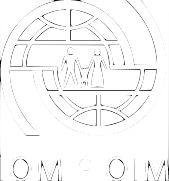 Power by
Power by